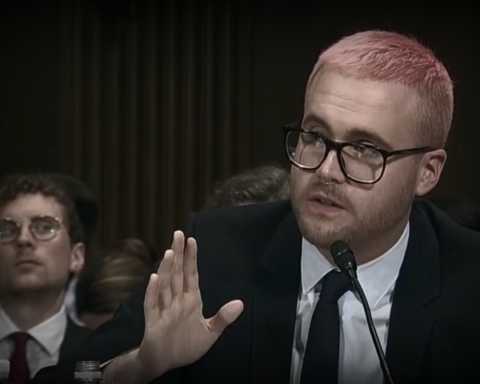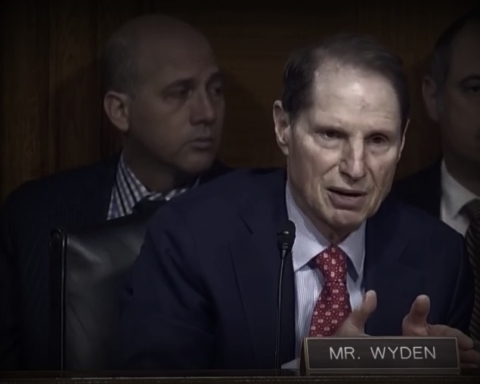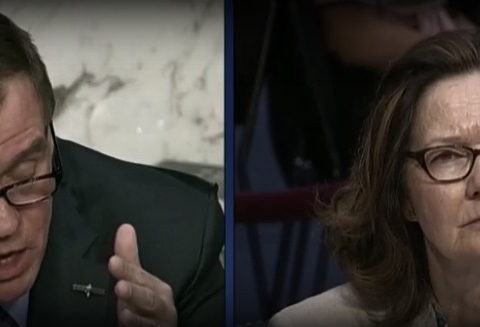The aging prison population is proving to be such a strain on the criminal justice system that some federal inmates are forced to wait more than 100 days to see a doctor, according to a Justice Department Inspector General report.
Noting that agency regulations require BOP staff to escort prisoners to outside medical facilities, the IG found that “aging inmates experience delays receiving medical care.”
The investigation, which was published Wednesday, also discovered that other healthier inmates usually take on the role of caregivers—an arrangement that carries some litigation risk for the federal government, the IG warned.
Although licensed social workers would be qualified to assist in providing care to older inmates in the agency’s 119 facilities, the Bureau of Prisons employs only 36 of them in its 39,000-person workforce.
Without the additional help, the increasingly geriatric US prison population—one fifth of the total BOP population–faces blatant neglect. At one facility examined, investigators “found that the average wait time for inmates, including aging inmates, to be seen by an outside medical specialist for cardiology, neurosurgery, pulmonology, and urology to be 114 days.”
Exacerbating the problem, the IG also found, is the fact that many facilities aren’t designed to take into account seniors’ needs.
“Aging inmates often require lower bunks or handicapped-accessible cells, but overcrowding throughout the BOP system limits these types of living spaces,” the report stated, adding that “aging inmates with limited mobility also encounter difficulties navigating institutions without elevators and with narrow sidewalks or uneven terrain.” The BOP hasn’t reviewed accessibility at its prisons since 1996.
One potential solution to the problem, according to the IG, is to just let older prisoners free.
“Aging inmates could be viable candidates for early release, resulting in significant cost savings,” the IG suggests, pointing out that older prisoners commit fewer acts of misconduct behind bars and have a lower recidivism rate than the general federal inmate population.
It would also please deficit hawks not worried about a senior citizen crime spree. It costs on average 8 percent more to incarcerate inmates older than 50 years.
In 2013, Attorney General Eric Holder did put forward new guidelines to accelerate “compassionate releases” of elderly inmates. However, as the IG notes, “the Department significantly limited the number of inmates eligible for this expanded release policy by imposing several eligibility requirements.”
Under the new guidelines, inmates can qualify for compassionate release if they are at least 65 years old, suffering from chronic or serious medical conditions that cannot be conventionally treated in prison, and have completed 50 percent of their sentences. Only two prisoners have been released under this framework.
“Our analysis shows that if the BOP reexamined these eligibility requirements its compassionate release program could result in significant cost savings for the BOP, as well as assist in managing the inmate population,” the IG concluded.
The bureau agreed with the IG’s recommendations, and responded that it intends to meet with “relevant stakeholders” for further discussions on release guidelines for elderly offenders.
BOP, however, stopped short of committing to changing the guidelines.






